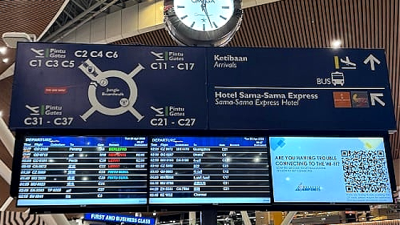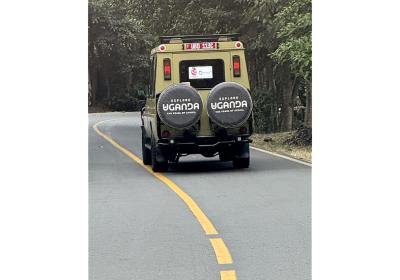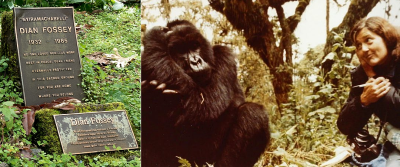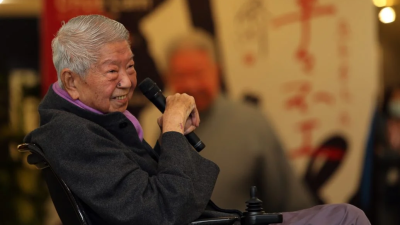Machu Picchu, Peru’s most celebrated world heritage site, voted one of the New Seven Wonders of the World, has a rather mysterious nickname: the Lost City of the Incas!
Machu Picchu was first built in the early 15th century, but it existed as a complex of palaces, the Temple of the Sun and a privileged hamlet for only about a hundred years. After that, it inexplicably vanished inside the deep mountains and thick forests and was completely detached from the rest of the world for the next few centuries.
In the Inca language, machu means ancient, while picchu means mountain. Machu Picchu sits on a platform some 2,280 meters above sea level, surrounded by undulating hills, with 600-meter deep cliffs on two sides. The topography is extremely rugged but incredibly captivating and out-of-this-world.
The Inca Empire erected a stone temple complex here on a broad expanse of rocky platform against a 270-degree backdrop of steep hill slopes, complete with a citadel, the Temple of the Sun, other minor temples, as well as palaces, workshops, highly organised abodes, cultivated terraces and irrigation facilities, among others, attesting to the empire’s unparalleled prosperity during its heyday.
It was said that there were between 500 and 700 priests, government officials and others leading a self-sufficient life here for over a century. Sadly, it was later mysteriously “deserted.”
The Spaniards started to colonise Peru in 1532, and had since ruled the country for 289 years. But weirdly, they had no idea where Machu Picchu exactly was!
The colonisers forcefully obliterated the Inca civilisation and religious beliefs, and replaced them with entrenched Catholic teachings. To safeguard the last remaining veil of the Inca Empire, the indigenous people vowed to keep their lips sealed generation after generation. As a result, the Spanish had been unable to discover this mystifying treasure trove hidden deep in the mountains.
As a matter of fact, the Inca language and traditional beliefs had been passed down through the generations wholly by word of mouth without any written record. Their descendants could only pick up pieces of the Inca Empire history with the help of the very limited “Inca literature” they had inherited from their forefathers to gain a vague idea of the location of the “Ancient Mountain.”
Hiram Bingham, an American adventurer who believed in the existence of the Inca Empire and its majestic temples and palaces, eventually found traces of the ancient civilisation deep in the mountains about 80 km from the ancient city of Cusco, after three decades of untiring efforts and explorations. Machu Picchu’s Temple of the Sun was once again unveiled before the eyes of the world in 1911. Many South American natives were shocked to find how powerful their ancestors once were!
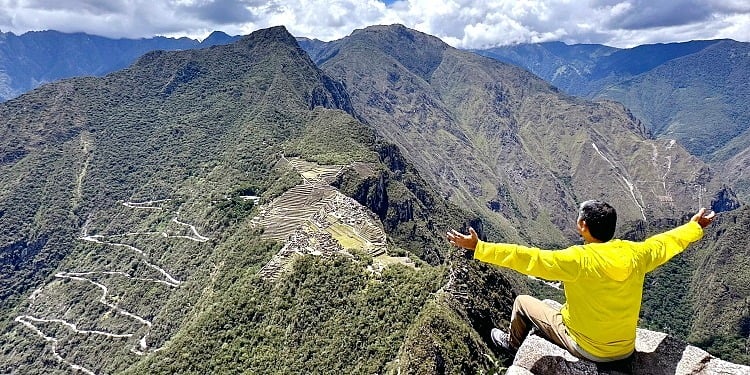
There was nevertheless a different interpretation of Machu Picchu’s discovery. It was said that German merchant Augusto Berns was the first Westerner to have unearthed the treasures of Machu Picchu as early as 1867.
In many museums across Europe today, the over 10,000 pieces of relics on display or held privately by collectors were almost exclusively plundered by none other than this German merchant!
Fortunately, the museum in France has recently agreed to return to the Peruvian government some 4,000 pieces of relics removed from Machu Picchu.
Today, UNESCO and a team of dedicated restorers have successfully rehabilitated over 30% of the original look of Machu Picchu, and have managed to get a clearer picture of its significance between the Inca palaces and the Temple of the Sun.
That said, further explorations never ceased, and five remarkable ancient Inca trails were subsequently discovered. Such discovery has not only testified how the ancient Incas had commuted between the foothills and Machu Picchu along very precipitous paths over four to five days, but also sealed the status of these ancient trails as among the most notable pilgrimage routes on this planet.
Machu Picchu boasts a history of nearly 600 years, while the country Peru has been independent for 201 years. Nevertheless, travelling from the Peruvian capital of Lima to Machu Picchu is never as easy as many would have thought.
Although the two points are only 503 km apart in a straight line, the actual travelling distance is 1,205 km, entailing a domestic flight, a bus ride, followed by train and then bus again, snaking your way in a zigzag path through the wilderness for about 25 minutes, before the final approach to Machu Picchu for two to three hours on foot.
Up till this point, you may wonder why the ancient Incas took all the trouble building a city here centuries back!
In this trip, I put the travel buddies in the only hotel lying outside the main gate of Machu Picchu. Yes, only limited rooms are available, meaning only the very lucky few will get to have the first-hand experience of the stifling hush of this surreal terrain after dark.
Early the second morning, we followed the guide to ascend the “twin brother” of Machu Picchu, the 2,670 meter Huayna Picchu. During the two and a half hours of return journey, we managed to catch the stunning bird’s-eye view of the entire Machu Picchu complex from atop Huayna Picchu. I could imagine that the ancient Inca sentinels must have guarded Machu Picchu perched atop Huayna Picchu for over a hundred years!
On our way back to Cusco from Machu Picchu, I was overwhelmed by the feeling of utter respect for the powerful resolve and undying spirit of each and every adventurer and archaeologist of this world, as we savoured the fine dining experience aboard a special train named after Hiram Bingham.
(Lee San is Founder and Group Executive Chairman of Apple Vacations. He has travelled to 132 countries, six continents, and enjoys sharing his travel stories and insights. He has also authored five books.)
ADVERTISEMENT
ADVERTISEMENT






